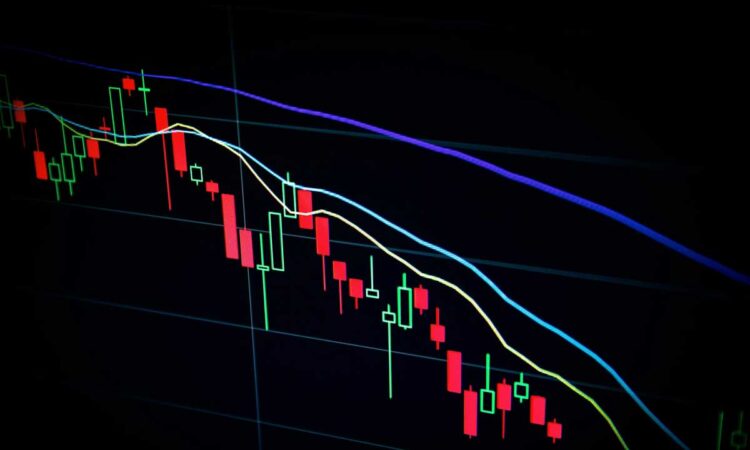
As world leaders head to New York for the UN high-level week to discuss how to advance the Sustainable Development Goals (SDGs), a new World Economic Forum report highlights the challenges facing developing countries, with six in 10 economists surveyed warning of a deepening trade-off between development and climate action.
The latest Chief Economists Outlook, released today, also finds that over 60% of chief economists expect the global economy to weaken in the coming year amid uncertain domestic and international politics and unsettled financial markets. Although a large majority (86%) expects the recent global inflationary surge to ease, the prolonged tightening of financial conditions is expected to have lasting impacts, including a squeeze on business lending, increases in corporate debt defaults, and potential corrections in property and equity markets.
Developing countries face the most acute effects of these global headwinds, with chief economists warning that progress towards global development goals could be undermined by geopolitical tensions (74%) and tighter financial conditions (59%). This is particularly concerning with slowing progress in many areas of the SDGs, including food security, climate action and biodiversity protection. At the current pace, more than half a billion people will still live in extreme poverty in 2030.
A minority of chief economists expect increased cooperation (41%) and private capital flows (30%) between advanced and developing countries over the next three years. However, if flows of private capital can be unlocked, the economists are particularly optimistic about the potential positive impact on specific areas of development: digital transformation (97%), energy access and affordability (76%), food systems and nutrition (67%), and climate change, biodiversity loss and pollution (67%).
“The latest Chief Economists Outlook points to continuing weakness in the global economy,” said Saadia Zahidi, Managing Director, World Economic Forum. “It also highlights the urgent challenges and trade-offs being faced by developing countries, and the need for innovation, cross-border investment and technology transfer to make growth, climate action and human development compatible.”
Regional outlook
The economic outlook varies across regions for 2023-2024. While the chief economists are most optimistic about growth in Asia, the outlook for China has dimmed since the May 2023 survey, following signs of deflationary pressures and fragility in the country’s real estate market. Over 90% expect moderate or strong growth this year in South Asia, notably India, with a clear increase since the last survey in the share of respondents expecting strong growth in the region, from 36% to 52%.
In the Middle East and North Africa, there is a noticeable increase in the share of respondents expecting at least moderate growth (79%, up from 64% in the last survey), with a similar outlook for 2024. Latin America and the Caribbean and sub-Saharan Africa remain at the weaker end of the outlook globally with respondents almost equally split between weak and strong growth expectations for 2023, and both regions expected to improve slightly in 2024.
In the US, the outlook has strengthened since May, with eight in 10 respondents now expecting moderate or strong growth in both 2023 and 2024. In Europe, 77% expect weak or very weak growth this year, but there is growing optimism about 2024, with expectations of moderate or strong growth jumping from 23% to 60%.






